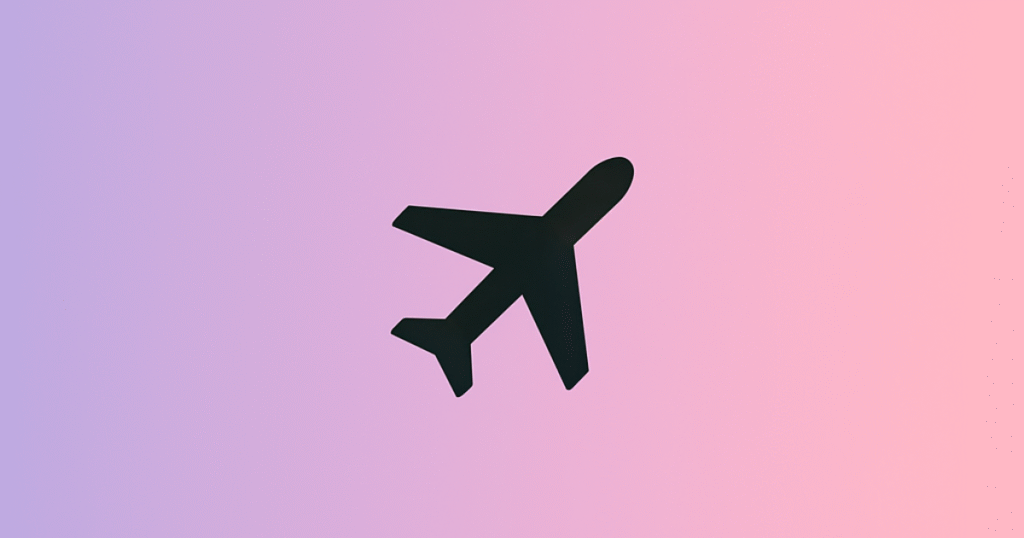Have you ever wondered what it’s like to be on a flight that suddenly changes course mid-air? That’s exactly what happened during the United Airlines Flight UA770 Emergency Diversion, and it left many passengers—and people on the ground—asking questions.
Let’s break down the United Airlines Flight UA770 Emergency Diversion, why it happened, and what it means for air travel safety.
The Unexpected Turn: United Airlines Flight UA770 Diverts
Flight UA770, a scheduled route operated by United Airlines, was traveling from Houston, Texas to Seattle, Washington—a route that’s pretty routine for both travelers and the airline. However, somewhere along the journey, things didn’t go as planned.
Midway through the flight, the pilot made the decision to divert the aircraft to an alternate airport. United Airlines Flight UA770 Emergency Diversion quickly caught attention from aviation trackers, the media, and worried family members of those onboard.
So, what triggered this emergency? And more importantly, how often do these things happen?
Emergency Diversions: Not as Rare as You Think
Let’s pause here for a moment.
What exactly is an emergency diversion?
In aviation, a diversion happens when a flight can’t continue to its original destination and has to land somewhere else. While the word “emergency” sounds scary, not every emergency diversion is life-threatening. Sometimes, it’s out of an abundance of caution.
Here are common reasons why a flight like UA770 might be diverted:
- Medical emergencies (passenger or crew illness)
- Mechanical issues
- Weather problems (like storms or poor visibility)
- Security concerns
In the case of Flight UA770, reports suggest that mechanical issues were the cause.
The Role of the Flight Crew: Heroes in the Sky
It’s easy to panic when you hear the word “emergency,” especially when you’re thousands of feet in the air. But here’s something reassuring: Pilots and cabin crew train constantly for these scenarios.
When the issue United Airlines Flight UA770 Emergency Diversion was detected, the flight crew acted quickly and professionally. The pilot notified air traffic control and requested clearance to land at the nearest suitable airport.
This quick response is exactly why aviation is one of the safest modes of travel. The crew’s training kicked in, and every protocol was followed to ensure passenger safety.
A Smooth Landing, A Safe Outcome
Eventually, Flight UA770 landed safely at the diversion airport, where ground crews and technicians were ready to inspect the aircraft. While this unscheduled landing may have caused delays and inconvenience, every passenger arrived safely—and that’s what matters most.
Some passengers shared their experience on social media, describing the crew as calm and reassuring. One traveler wrote, “We knew something was going on, but the staff kept us informed. We felt safe the whole time.”
It’s moments like these that show how important communication and professionalism are in the skies.
Lessons Learned: What Passengers Should Know
If you travel often, chances are you may experience a delay, turbulence, or even a diversion at some point. While these events are never ideal, they’re manageable.
Here’s what you can do if your flight ever diverts:
- Stay calm – Trust the flight crew; they know what they’re doing.
- Listen for announcements – The crew will explain what’s happening.
- Follow instructions – Safety is their top priority, and your cooperation matters.
- Have patience – Diversions can lead to longer waits, but safety comes first.
It also helps to keep your travel essentials—like medications, chargers, and ID—easily accessible just in case.
Why Aircraft Safety Systems Matter
Aircraft like the one used on United Airlines UA770 are equipped with advanced systems that detect problems early. These systems are designed to prevent larger failures by alerting pilots before a situation becomes dangerous.
Think of it like your car’s dashboard alerting you to low tire pressure—except in an aircraft, the technology is far more sophisticated. Even a minor issue, such as irregular engine readings or a pressure imbalance, can trigger a diversion for safety.
So while it may have felt like a dramatic turn of events, in reality, it was a smart, precautionary decision.
United Airlines’ Response and Transparency
Following the incident, United Airlines released a statement confirming the diversion of Flight UA770 due to a technical irregularity. The airline assured the public that the safety of passengers and crew was never compromised.
They also offered passengers:
- Rebooking assistance
- Meal vouchers
- Hotel accommodations if needed
This kind of response shows a commitment to customer care—even in unexpected situations.
What This Means for Travelers
If you’re planning to fly soon, don’t let stories like Flight UA770’s emergency diversion scare you. Instead, see it as proof that:
- Airlines take every precaution to ensure your safety.
- Crews are well-prepared to handle emergencies.
- Planes are equipped with top-tier safety systems.
Emergencies are rare—and when they happen, they’re usually handled smoothly.
Final Thoughts: A Safe Landing is Always a Good Story
At the end of the day, the most important thing about United Airlines Flight UA770’s emergency diversion is that everyone made it home safe. It’s a reminder that while we can’t predict every hiccup in the air, we can trust in the systems, the people, and the training behind every flight.
So next time you’re at 35,000 feet and feel a little nervous, remember—you’re in capable hands.
Have you ever experienced a flight diversion or delay? Share your story in the comments—we’d love to hear how it turned out!
